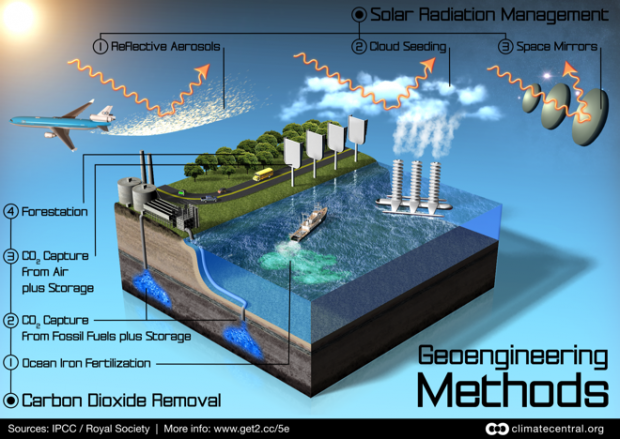INSURANCE CONSIDERATIONS FOR Climate CHANGE MITIGATION STRATEGIES
Comparative Risks
- For accompanying discussion, see: Mills, E. 2012. "Weighing the Risks of Climate Change Mitigation Strategies." Bulletin of the Atomic Scientists (in press).
- A range of macro-level risks should be considered in climate change mitigation technology assessments. Three broad types of risk are natural hazards, threats to ecosystems, and security concerns. Two parallel dimensions of risk to be considered are the strategy’s causal influence on risks (for example, hydroelectric systems can disrupt river ecosystems) as well as the vulnerability of the technology itself to various risks (for example, hydroelectric systems can suffer under drought). Both are indicated, using pairs of rows, on the matrix (here).

No weighting is given or implied in the matrix. While one could argue with these assessments (for example, whether nuclear plants are vulnerable to wildfire), the intention is to indicate whether the cause of, or vulnerability to, a risk is a reasonably common or otherwise material one. These assessments are, by necessity, qualitative and generalized. Within each broad family of technologies are many variants, each with their own risk factors. For example, space-based solar energy production presents an entirely different risk profile in terms of security than do land-based systems (Wood 2012). The matrix simply offers building blocks that could be used in a robust process of risk-benefit comparison to help stakeholders make reasoned choices about mitigation options.
Risk Characteristics of Approaches to Climate Engineering
-
The most difficult mitigation strategies to assess are climate-engineering approaches that are still purely experimental—and in many cases, nothing more than ideas on paper (see matrix here). Mindlessly engineering the climate by injecting hundreds of gigatons of carbon dioxide into the atmosphere for more than a century got us into the greenhouse problem. There is an ongoing spirited debate within the scientific community (Bulletin of the Atomic Scientists 2008) about whether climate engineering—this time on purpose—is a necessary element of the solution. Opponents, who perceive an element of hubris, argue that climate engineering carries unacceptable risks, treats symptoms and not causes, and could foster a false sense of security among the public (if not policymakers). Moreover, there is no international governance structure for starting or stopping such activities.

Climate engineering includes strategies ranging from removal of carbon dioxide from the smokestackes (or even the atmosphere) to solar radiation management. Most of these strategies, if they were to run amok, could amplify rather than lessen climate problems, or create other unforeseen headaches. Some of these proposals can only be fully validated when “tested” at a global scale, and not all of them are readily reversible. Conversely, climate could change abruptly and radically if the interventions were, for whatever reason, halted. Climatologist Alan Robock (2008) has raised concerns about misuse of weather modification for military and geopolitical purposes.
Climate engineering is positioned as a “last resort insurance policy,” although, ironically, private insurers have yet to offer their products to this sector. In the view of the US Government Accountability Office (2011): “Climate engineering technologies do not now offer a viable response to global climate change,” and significant improvements are decades off. On a Technology Readiness Level scale of 1 to 9, none of the technologies studied by the GAO scored above 3. Often connoting a panacea, some of these technologies would in fact offset carbon dioxide emissions from human activity by only small percentages, while other technologies that are potentially 100 percent effective in reducing emissions are estimated to cost billions or even trillions of dollars annually. All of the technologies come with a host of potential and poorly understood risks but very few potential co-benefits.
